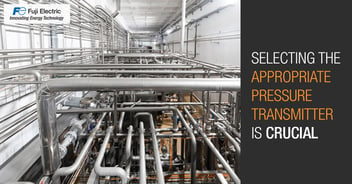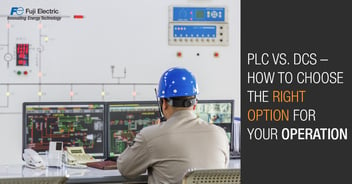What is a Pressure Transmitter?
A pressure transmitter is a device that measures the pressure of a fluid or gas and turns that measurement into an electrical signal. The electrical signal can then be sent to a control system or monitoring device for further analysis or to control other processes. Pressure transmitters are used for many things, including process control in industries like oil and gas, power generation, chemicals, and water treatment. They can be used to measure pressure in liquids, gases, and steam. They come in different configurations and levels of accuracy to meet the needs of different applications.
A pressure transmitter has three main parts: a pressure sensor, a signal conditioning circuit, and an output for sending the signal. The pressure sensor measures the pressure and turns it into an electrical signal. The signal conditioning circuit amplifies, straightens, and filters the electrical signal. The transmission output sends the signal to the control system or monitoring device. A pressure transmitter is an important part of many industrial processes because it lets the pressure in fluids and gases be accurately measured and controlled.
Pressure transmitters are often used in the following ways:
Process Control: Pressure transmitters are used to control processes in oil and gas, power generation, chemical, and water treatment industries, among others. They measure pressure in real-time, which makes process control more accurate and improves efficiency.
Monitoring for safety: Pressure transmitters can be used to keep an eye on the pressure levels in systems that could become dangerous. By keeping track of pressure in real-time, pressure transmitters can help prevent over-pressure situations, which can damage equipment and make things less safe.
Quality Control: Pressure transmitters can be used to keep an eye on pressure levels while making a product, ensuring that it meets certain quality standards.
Energy Management: Pressure transmitters can be used to check the level of pressure in energy systems. This lets you use energy more efficiently and save money on energy costs.
Automation: Pressure transmitters can be added to automated control systems to watch and control processes from a distance. This can be especially helpful when process conditions are dangerous or when it's hard to get to a remote location.
The advantages of pressure transmitters
Pressure transmitters are designed to accurately measure pressure in liquids, gases, and steam. This precise measurement makes it possible to control processes in a way that makes them more efficient and reduces the chance that they will fail. Pressure transmitters make it easier to control processes because they measure real-time pressure precisely. This better control can lead to more productivity, less downtime, and better-quality products. Pressure transmitters can be linked to remote monitoring systems to watch and control processes from afar. This can be especially helpful when process conditions are dangerous or when it's hard to get to a remote location. Pressure transmitters can be used to keep an eye on the amount of pressure in systems that could become dangerous. By keeping track of pressure in real-time, pressure transmitters can help prevent over-pressure situations, which can damage equipment and make things less safe. Pressure transmitters can be used to optimize processes by giving accurate measurements of pressure. This reduces the amount of energy used and helps lower energy costs.
Higher accuracy, reliability, and longevity with Fuji Electric
Fuji Electric is one of the most well-known companies that makes pressure transmitters. Their pressure transmitters are known for their accuracy, reliability, and longevity. The pressure transmitters are made to meet the needs of many different industries, such as oil and gas, power generation, chemicals, and water treatment. Fuji Electric's pressure transmitters are made to measure pressure accurately, usually within +/- 0.5% of the full-scale measurement range. The pressure transmitters are made to work well in harsh industrial settings. They are built to last and are resistant to damage from shock, vibration, and chemicals that eat away at metal. Fuji Electric's pressure transmitters are made so that they can be easily added to existing systems. They have a variety of outputs and communication protocols to meet the needs of different applications. Fuji Electric's pressure transmitters can be made with different pressure ranges, output signals, and housing materials, among other things. The pressure transmitters are made to be cost-effective, with a low cost of ownership and a long service life.
More than one million FCX Series electronic transmitters have already been delivered to different places around the world by Fuji Electric. With micro-machining technology, Fuji Electric has made a micro-capacitance silicon sensor that is the most important part of FCX-AIII transmitters. It allows for very accurate measurements of pressure, differential pressure, fluid flow, and liquid levels. There are many different models, some of which are small and inexpensive. Seal diaphragms can be made of standard 316L SS or exotic materials like Hastelloy C-276, Monel, Tantalum, Zirconium, and Titanium. Hydroseal type transmitter with a double coating of Gold and Ceramics on 316L SS seal diaphragm is best for measuring liquids and gases, including high concentrations of hydrogen. There is also a type of remote seal transmitter for high temperatures and high vacuum.
Fuji Electric's pressure transmitters are made to help a wide range of industries measure pressure in an accurate, reliable, and cost-effective way. Fuji Electric's pressure transmitters are popular for industrial applications because they are easily set up and customized.
 China
China Europe
Europe France
France Hong Kong
Hong Kong Indonesia
Indonesia Japan
Japan Singapore
Singapore Thailand
Thailand USA
USA

